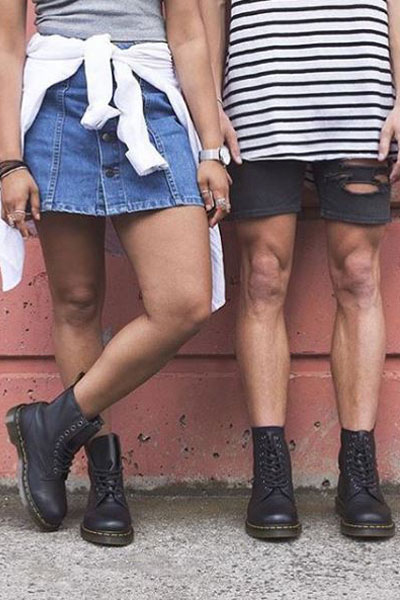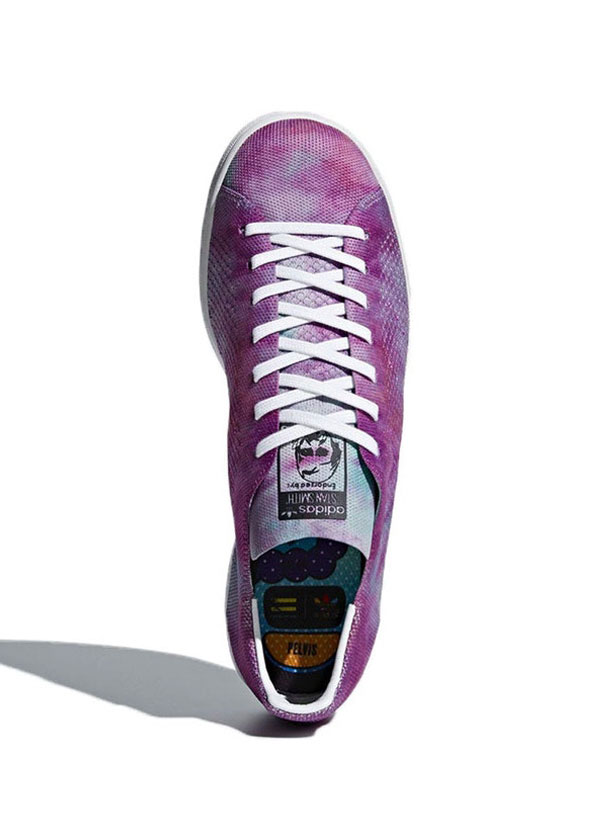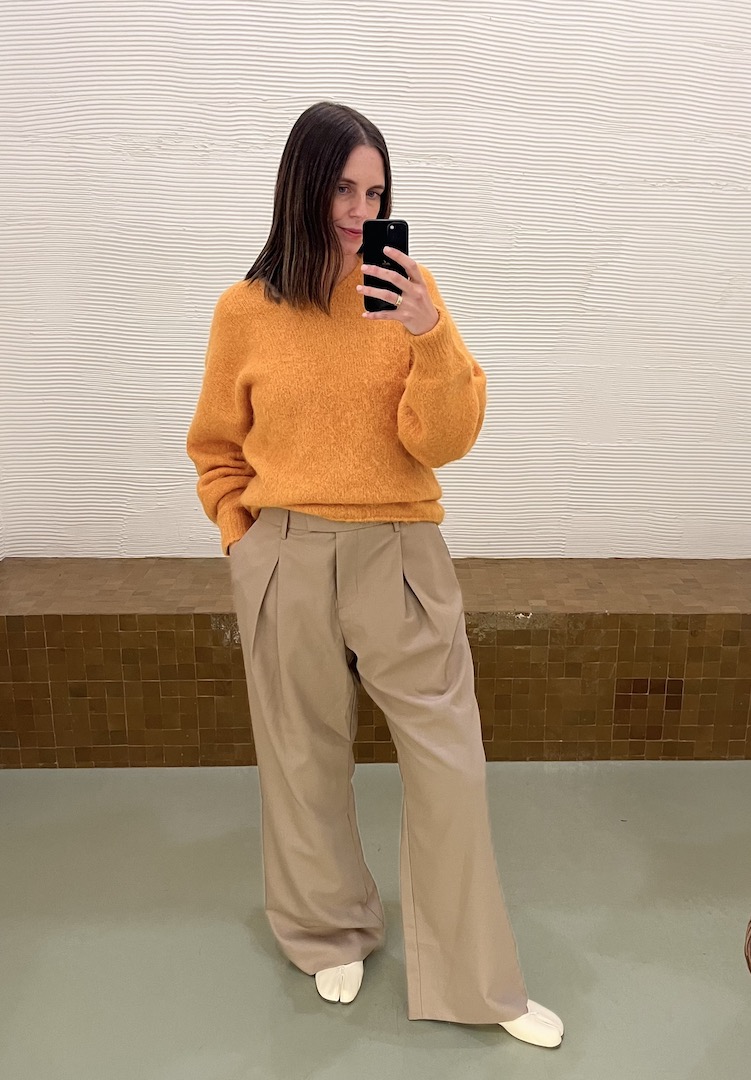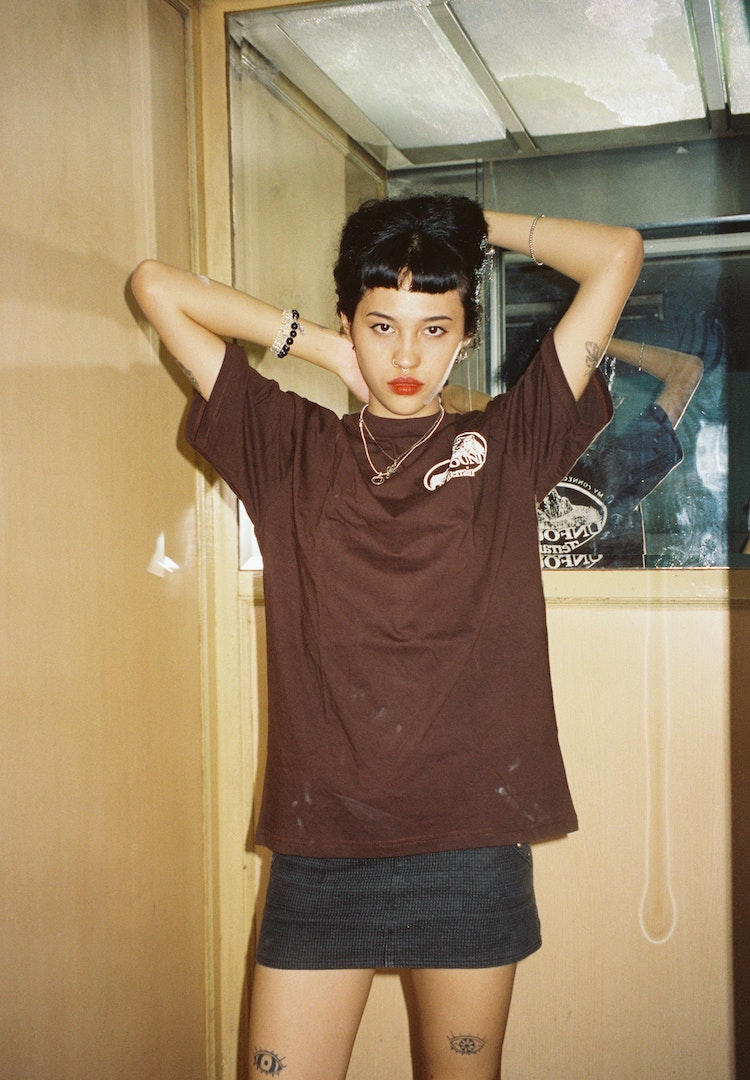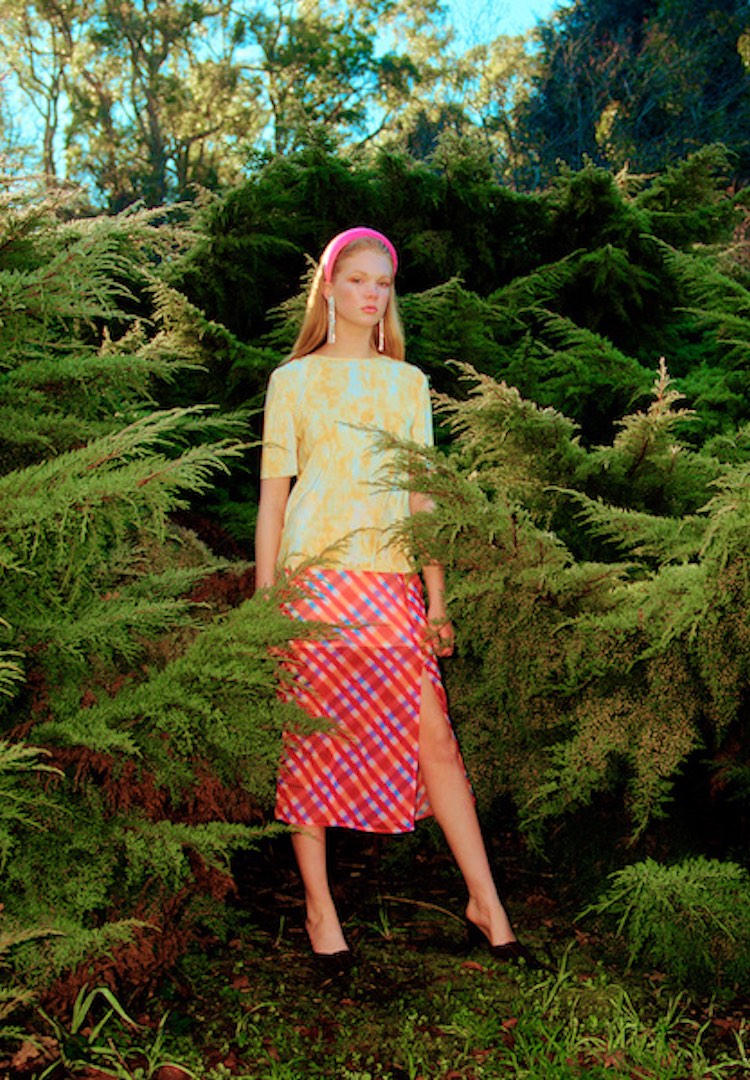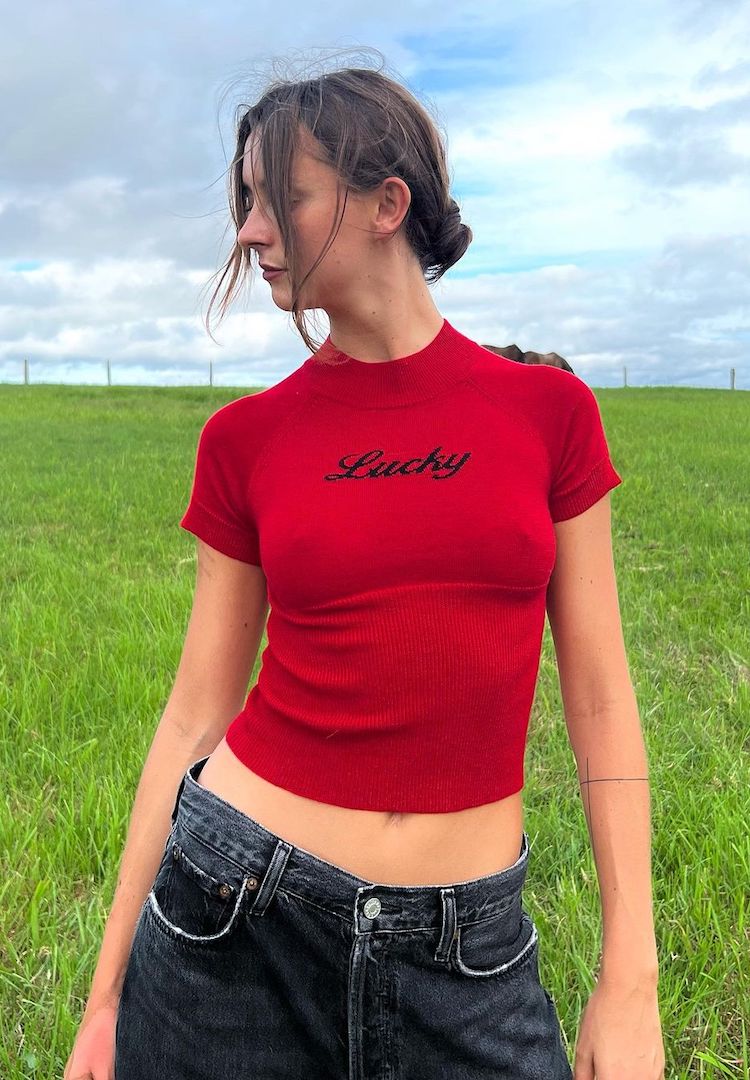5 rules to build a sustainable wardrobe
Illustration by TwylaMae
WORDS BY HANNAH COLE
Dress better.
Sustainability is a big word; with so many individual interpretations, it can be hard to grasp fully.
It’s easy to get lost in the semantics, but we can break it down. Here are five simple considerations to take in order to build a more sustainable wardrobe.
Wash better
Most denim wearers know to avoid washing jeans for the first six months, and for good reason. One of the key contributors to fashion’s detrimental environmental impact is consumer care. First step: only wash what’s actually dirty – live by the quick-sniff test. Only whatever fails to meet the standard should be cleaned in cold water (get familiar with your machine’s manual) and hung to air-dry. Ditch the dryer for a happier wallet and healthier planet. Microfibres are another major washing consideration. These little terrors leach out of synthetic clothing while washing, wreaking havoc on the ocean. Consider the Guppy Friend, a wash bag designed to catch them before they leave the machine. Synthetic clothing is placed in the bag for washing, and the captured microfibres can be disposed of later.
Buy less, buy better
I’m not going to tell you to ‘build your capsule wardrobe’ because, honestly, the phrase induces an incidental eye-roll. But, the converted do have a point. Buying fewer pieces of higher quality is worth it. From an environmental perspective, waste is reduced (fewer garments tossed out due to their shitty make) and, ideally, more eco-friendly pieces are purchased. Practically speaking, your early morning, sleepy-eyed outfit choices are made more straightforward. Build a wardrobe based on high-quality basics that will outlast trends and multiple washes. Your definition of basic might be jeans in various shades or a vibrant shirt. You do you, but make it planet-friendly.
Search for sustainable fibres
The development of synthetic fibres is the antithesis to sustainable fashion. Thankfully, we now have an array of more eco-friendly options to choose from. Stella McCartney is at the forefront of the sustainable fibre movement, uncompromising on using materials that are both luxurious and considerate. The label opts to use a variety of natural fibres including organic cotton, wool and silk, complemented by a mix of recycled synthetics. Hunt for natural fibres, ideally organically produced without insecticides. Cotton, linen and even hemp or bamboo are a great place to start in building the base of your sustainable wardrobe.
Look past the ‘Made in…’ label
The Rana Plaza disaster in 2013 made us think about where our clothing is made. As a result, many people boycott ed brands manufacturing in Bangladesh, China and the like, turning to locally-produced goods instead. We put our trust in Western production and labour laws. Unfortunately, the ‘Made in Melbourne’ or ‘Made in LA’ label may not live up to the standards we are led to expect. Reports of LA-based manufacturers have been depressing. Workers are frequently paid below the minimum wage, averaging $USD7 an hour, with immensely long days. They’re commonly undocumented immigrants with no legal leg to stand on regarding rights. And it’s not much different here. Look past the “Made in…” label and do some investigating of your own. “Made in China” doesn’t equate to sweatshops, just as “Made in Australia” doesn’t guarantee ethical practices. Organisations like Ethical Clothing Australia are making this easier, accrediting brands who comply with strict guidelines.
Make friends with a tailor
Your local tailor should become your new best friend in the name of sustainability. In today’s world of mass production and one-size-fits-all, garments inevitably fit incorrectly. Sleeves dangle dangerously long, jeans drag along the ground and boobs just never fit quite right. Solution? The tailor. Not only will a tailor help create more flattering, well-fitted pieces, but their practice also positively impacts the planet. Instead of throwing out pants that no longer sit at the right length or a slightly outdated formal dress, visit your local. Broken zippers, lost buttons and frayed hems are breezy jobs. Cultivate better pieces through the right fit and they will last forever: the final key to a more sustainable wardrobe.

